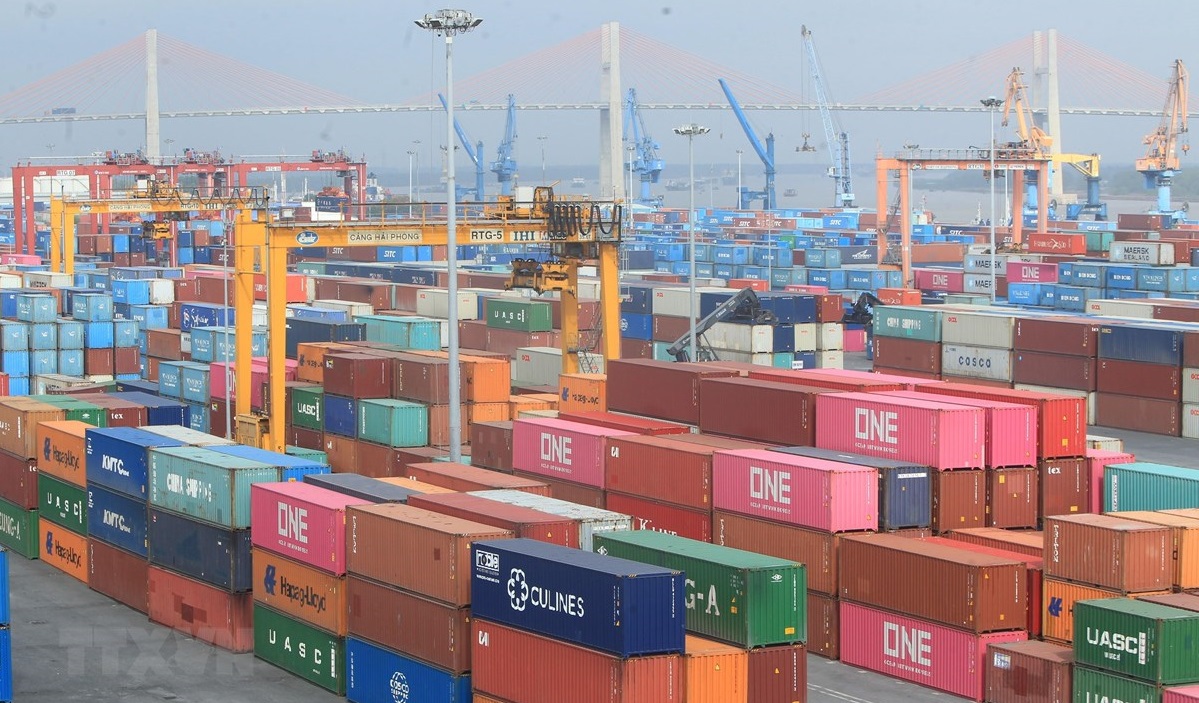Kazakhstan is set to significantly reduce its dependence on foreign imports by replacing goods worth KZT1.4 trillion ($2.6bn) with domestically produced alternatives by 2025 The Times of Central Asia reports. The Ministry of Industry and Construction (MIC) of Kazakhstan aims to achieve this ambitious goal by launching 190 new investment projects in key sectors, including automotive and household appliances, marking a critical step in the country’s economic transformation.

Driving Economic Growth Through Investments
The MIC’s Industry Committee estimates that the 190 projects will create over 20,000 permanent jobs for local workers. Once operational, these projects are expected to generate a total output of KZT2.2 trillion ($4.1bn), with KZT0.8 trillion ($1.5bn) allocated for export and KZT1.4 trillion ($2.6bn) for import substitution.
The committee emphasized the initiative’s broader economic implications:
“This initiative will bolster domestic production, reduce dependence on imports, and enhance the competitiveness of Kazakhstan’s national economy.”
Automotive Sector as a Growth Driver
Two major automotive projects stand out as cornerstones of the import substitution plan:
- Astana Motors Multi-Brand Plant in Almaty:
- Designed to produce 90,000 vehicles annually, focusing on Chinese passenger cars.
- KIA Qazaqstan Plant in Kostanay Region:
- Expected to manufacture 70,000 vehicles annually, focusing on Korean models.
Together, these projects will create 3,700 new jobs and strengthen Kazakhstan’s position as a growing hub for automotive production. By the end of 2024, 70% of passenger cars sold in the country were already domestically produced, reflecting significant progress in reducing automotive imports.
Sectoral and Regional Highlights
Beyond automotive, the metallurgy sector will see substantial investment. The Karaganda Region is poised to receive KZT256 billion ($486mn) for projects in ferrous and non-ferrous metallurgy, highlighting its strategic importance to Kazakhstan’s industrial growth.
Regionally, Turkestan and Almaty City are leading with the highest number of planned initiatives, at 15 and 14 projects, respectively. The combined focus on automotive and metallurgy underscores the government’s dual approach to fostering industrial self-reliance and creating employment opportunities.
Trade Trends and Import Challenges
Kazakhstan’s imports from January to October 2024 totaled $48.4bn, a 3.3% decline compared to the same period in 2023. The top import categories included:
•Cars (4.1%).
•Aircraft (3%).
•Medicines (2.9%).
•Cell phones (2.7%).
•Motor vehicle bodies (2.1%).
The country’s largest import partners were:
•Russia: 29.7% of total imports.
•China: 25.5%.
•Germany: 4.9%.
•USA: 3.9%.
•France: 3.2%.
•Republic of Korea: 3.1%.
By prioritizing domestic production, the government seeks to reduce its reliance on these key trade partners, particularly Russia and China, which account for over 55% of total imports.
Investment Outlook for 2025
Kazakhstan’s manufacturing sector is set to attract KZT1.2 trillion ($2.3bn) in investments in 2025, bolstering the country’s industrial base and fostering long-term resilience. Major projects across household appliances, automotive, and metallurgy sectors are integral to achieving this vision.
Comments (0)